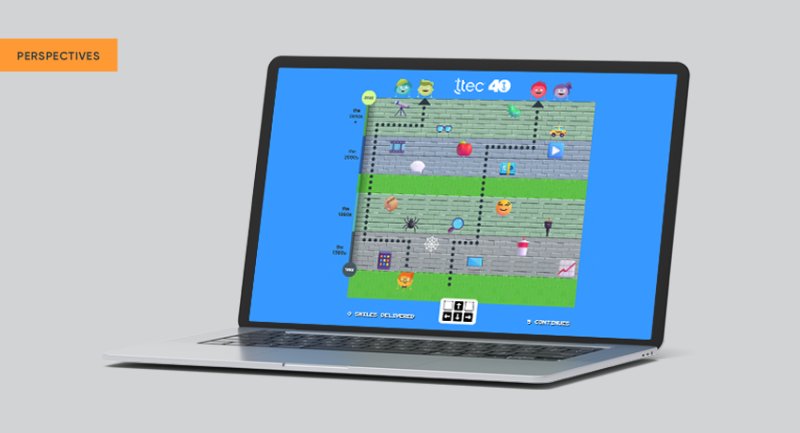The customer experience (CX) landscape has changed immensely since TTEC was founded 40 years ago. When we began, customers’ sole way to interact with a brand was to pick up the phone and hope they connected with a customer service representative who could help them or answer their questions.
That’s a far cry from today’s CX environment, when customers expect to interact with brands quickly, easily, whenever they want, and via multiple channels. These days, most customers only want to talk to a customer service rep as a last resort; they’d much rather resolve issues via text, chat, or self-service.
Here’s a quick look at how we got here:
1980s
In 1982, Time magazine named the computer its Machine of the Year and the groundbreaking technology quickly started changing the world, including how consumers interact with each other and with brands.
That same year, TTEC (then known as Teletech) was founded in a small nursery school in California. The company grew throughout the 80s and used its telecom infrastructure to support charitable telethons. Our CX efforts were focused on the voice channel.
1990s
This decade launched some major technological advances and household names. Amazon.com began in 1994 and proved customer centricity is a good long-term investment, and Google launched in 1998, giving people more online information at their fingertips than ever before. Now, when customers had a good or bad experience with a company, they were sharing it online.
TTEC kept growing, with new contact centers in Canada and South America, a new global headquarters in Colorado, and an IPO on the Nasdaq.
2000s
Streaming, social media, and the iPhone revolutionized how people interacted starting in the 2000s. Facebook’s launch, the first iPhone, and Netflix’s move to streaming changed how and where people consumed content of all types. Now consumers cold interact with brands and other consumers on social media, spurring more two-way conversations.
TTEC opened new centers in the Philippines, acquired customer acquisition firm Direct Alliance, , and launched its charitable TTEC Foundation.
2010s
Uber’s launch ushered in the beginning of the gig economy. And within a few years, the growing popularity of Oculus Rift virtual reality headsets and the expanding Metaverse proved that people are constantly looking for new ways to connect.
TTEC acquired customer strategy firm Peppers & Rogers Group and data analytics leader iKnowtion, foreseeing the important role data would play in delivering personalized CX. It became clear customers would want to contact brands in their own time and on their own terms – and not just by phone. Omnichannel CX moved to forefront.
2020s
The COVID-19 pandemic led to the fast, sudden adoption of remote work and school – and pushed digital experiences to the forefront. The pandemic changed consumer behavior in major ways, and a digital-first strategy has moved from a “nice to have” to table stakes for brands.
TTEC moved more than 50,000 employees home during the first few weeks of the pandemic. We continue to help our clients integrate work-from-home when needed, and to strategize the best ways to embrace digital transformation. Our own evolution so far this decade has included the acquisitions of Avtex, Voice Foundry, and Serendebyte.
Play our 40th anniversary game
TTEC was a CX pioneer when we began back in the 1980s, and we continue to evolve to ensure our clients deliver the best possible CX – powered by cutting-edge tools and solutions, highly skilled talent, and expert strategy. We can't wait to see what the next 40 years bring.
Check out our game Smilestones for a fun, interactive look at how CX (and TTEC) have evolved over the last four decades.
















